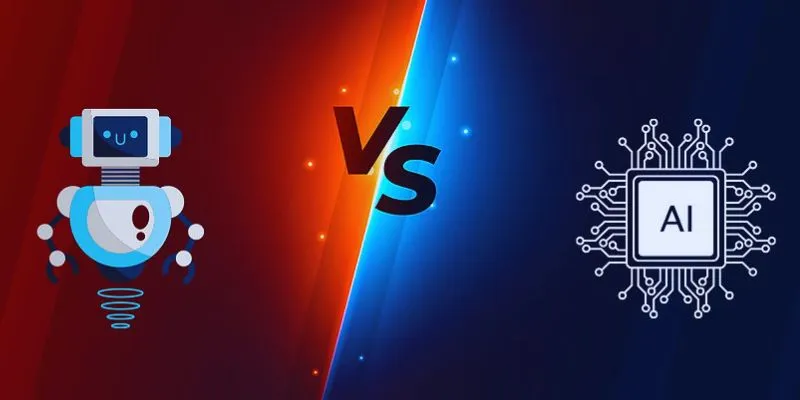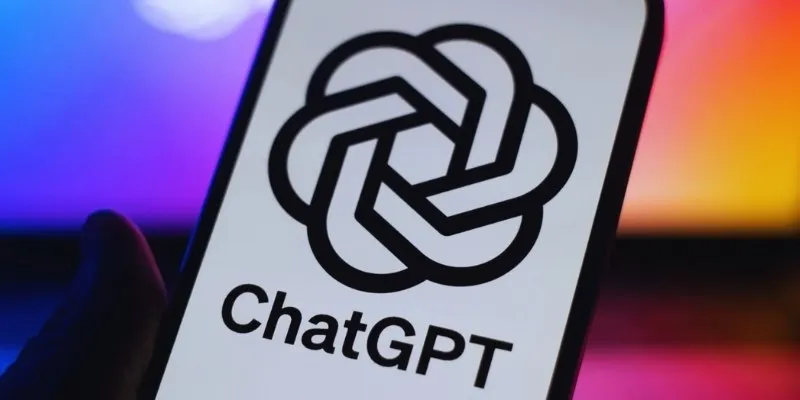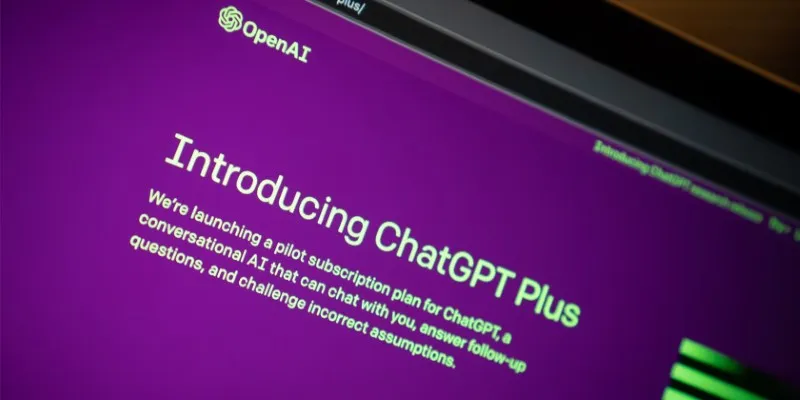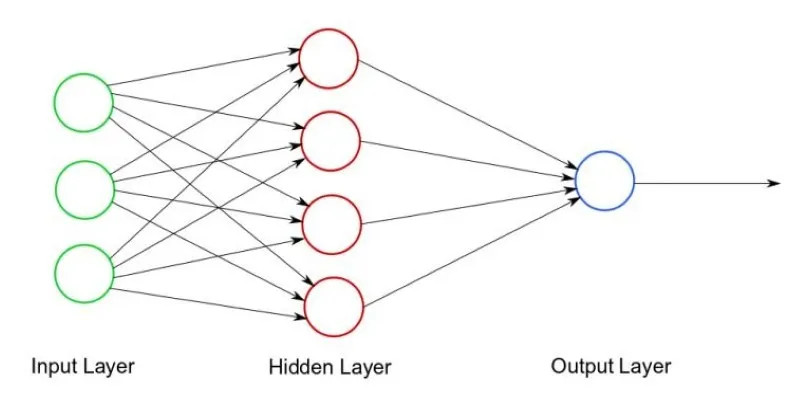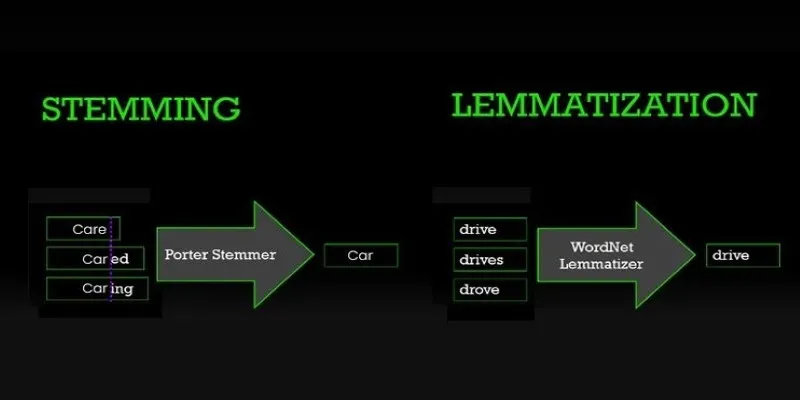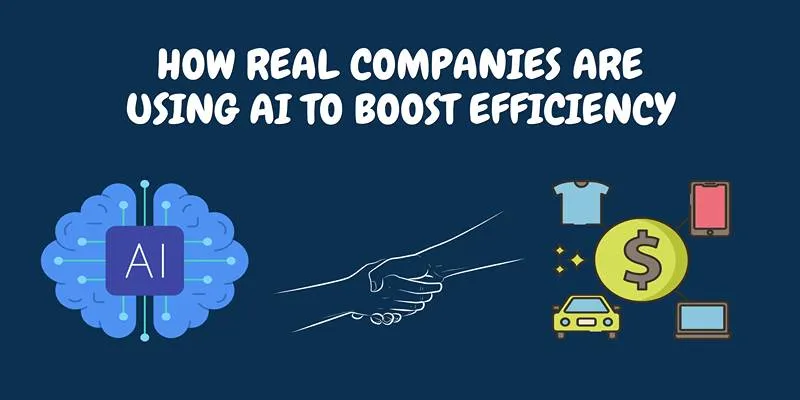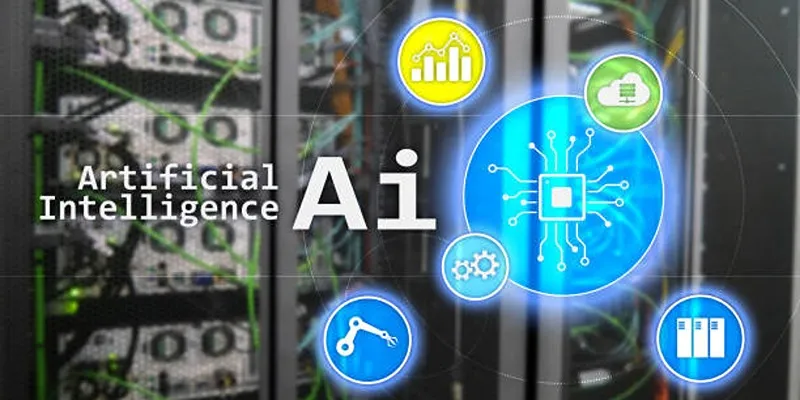Increasing blog loading speed is essential for SEO success. Visitors expect fast-loading content, and if your blog takes more than a couple of seconds to load, they may leave. Search engines also rank faster blogs higher. Artificial intelligence (AI) tools are transforming how we maximize site speed. These tools enhance performance, identify delays, and resolve congestion. Today, developers and bloggers rely on AI to swiftly address speed issues, often pointing out areas for improvement.
Improving speed enhances user experience, encourages visitors to stay longer, and lowers bounce rates. You don’t need to be a tech expert to use these tools, as many feature intuitive dashboards and clear insights. Investing in blog speed optimization pays off in search results, boosts conversions, and attracts more visitors. Fast AI tools simplify speed optimization, making it more effective than ever before.
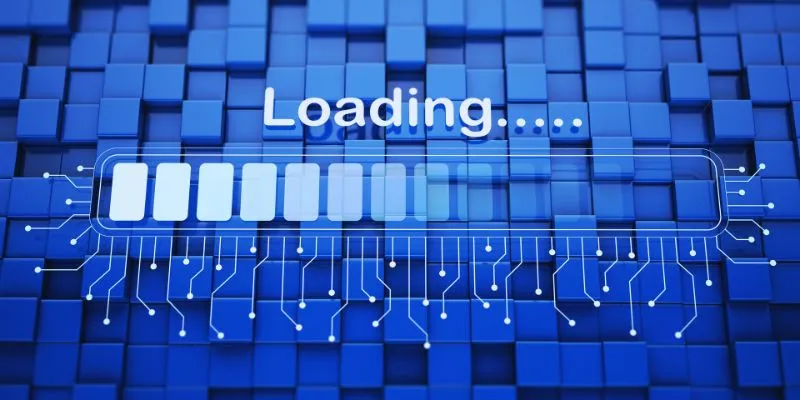
PageSpeed Insights AI Integration
Google PageSpeed Insights provides robust speed analysis, and AI-powered tools take it further by integrating with it to suggest instant corrections. They detect asset loading or rendering delays and pinpoint specific issues like script delays and image sizes. These tools offer personalized recommendations, providing not only reports but also detailed solutions. They learn from historical trends, offering better guidance over time. Automation is a key advantage, as AI can automatically fix minor issues like slow loading or image compression.
AI adjusts cache settings as needed, resulting in a leaner, faster blog. Improved speeds can positively impact SEO almost immediately, allowing search engines to crawl your page more efficiently. Readers benefit from enhanced performance on both desktop and mobile versions. With AI, you can avoid numerous manual tests, as it handles the hard work. Bloggers using PageSpeed AI integrations stay ahead, reducing time and increasing accuracy in blog performance optimization.
NitroPack with AI Optimization
NitroPack is an all-in-one AI tool for website speed optimization, offering real-time improvements for your blog with minimal setup. AI manages CDN delivery, image resizing, compression, and caching, even delaying non- essential component loading to reduce browser load. The tool continuously learns from site behavior, adjusting speed settings based on performance and traffic. It provides recommendations and acts independently, without requiring manual intervention.
Loading times improve without compromising functionality, making NitroPack especially useful for WordPress blogs. No coding experience is necessary, as the dashboard presents clear speed metrics and ratings. It automatically fixes issues and conducts tests, making it powerful yet user-friendly for beginners. AI-driven compression enhances mobile speed, improving user retention. NitroPack ensures better blog performance, leading to improved rankings. AI solutions like NitroPack streamline previously complex processes.
Cloudflare with AI Performance Features
Cloudflare is renowned for its security and CDN technologies, but it also leverages AI to accelerate performance. Its performance-tuning features enable real-time blog speed enhancements. AI adjusts settings and identifies traffic patterns, reducing the load on your hosting server. Blogs load faster even during traffic spikes, with AI managing image distribution and browser caching. It compresses files without affecting quality.
Cloudflare’s smart CDN delivers pages from the nearest server, with AI selecting the optimal content distribution route. This ensures speed regardless of reader location. AI adapts to screen size and device type, enhancing blog speed across the board. The utility integrates seamlessly with most CMS systems, optimizing from the start. Its AI capabilities improve total load times and Time to First Byte (TTFB). For those looking to scale, Cloudflare’s AI features offer consistent speed improvements with minimal setup.
AI Image Optimizers like ShortPixel
Images can significantly slow down blogs, but AI tools like ShortPixel tackle this without sacrificing quality. Their advanced algorithms compress images, speeding up blog loading times while maintaining design integrity. AI evaluates image type, size, and style to apply the appropriate compression technique, offering faster WebP delivery styles. Bulk optimization is available for blogs with numerous images, saving time by working behind the scenes.
No manual uploads or conversions are needed, as ShortPixel can automatically resize images to match the screen size of each visitor, significantly enhancing mobile speed. Faster mobile blogs keep users more engaged. AI also handles lazy loading automatically, loading images only when necessary, reducing page demand. ShortPixel integrates with various platforms, including WordPress, with easy installation and automatic updates. Improved load times and performance ratings benefit bloggers, making AI tools like ShortPixel essential for image-heavy sites.

AI-Based Code Optimization Tools
Blog speed is greatly impacted by code quality. AI tools can automatically clean up code, scanning HTML, CSS, and JavaScript files to remove unnecessary lines and identify inefficiencies. This enhances performance and reduces page weight. AI suggests structural changes to speed up rendering, ensuring code adheres to modern web standards. Tools like DeepCode or CodeAI handle this process automatically, with machine learning scanning and refactoring code.
Errors are immediately identified, allowing for independent optimization regardless of design or purpose. These tools also reduce HTTP requests, accelerating page loads. AI manages script placement, deferring unnecessary scripts until after loading to alter loading patterns. These tools integrate with popular CMS systems, eliminating the need for manual file editing. They are ideal for small businesses or busy bloggers, saving time and avoiding costly mistakes. Blogs benefit from faster load times, better user experiences, and higher rankings. AI techniques for minimizing blog loading speed are key to better programming.
Conclusion
AI tools are revolutionizing how bloggers handle speed optimization, providing real-time adjustments and intelligent solutions. Optimizing blog loading time has never been easier, enhancing engagement and reducing bounce rates while improving search engine visibility. You don’t need deep tech knowledge to see results, as many AI applications work right out of the box. Investing in blog performance pays off, attracting more visitors and enhancing user experience. AI-driven faster blogs help you remain competitive in a saturated online market. Incorporating these smart tools is a valuable addition to any SEO strategy.
 zfn9
zfn9


